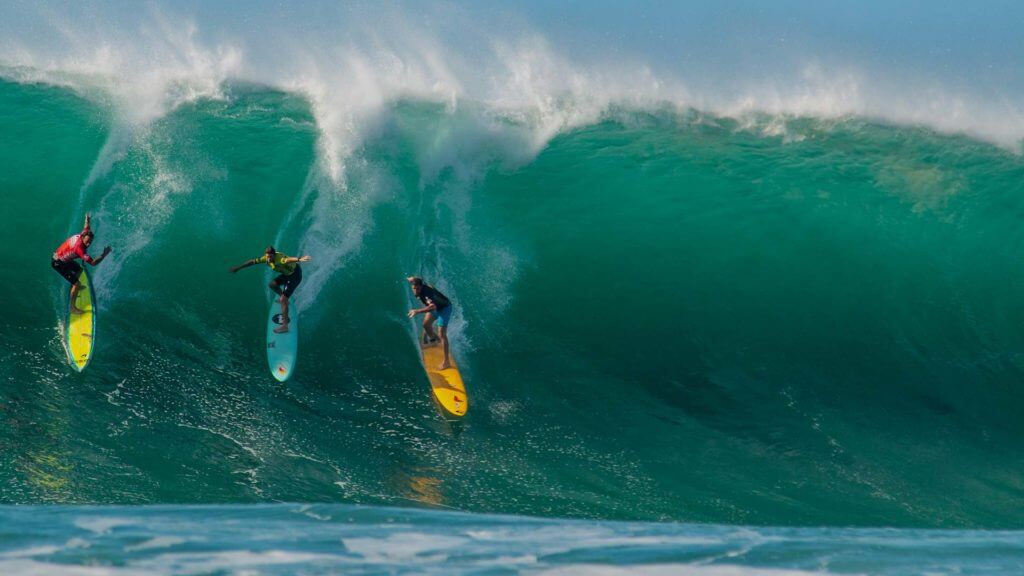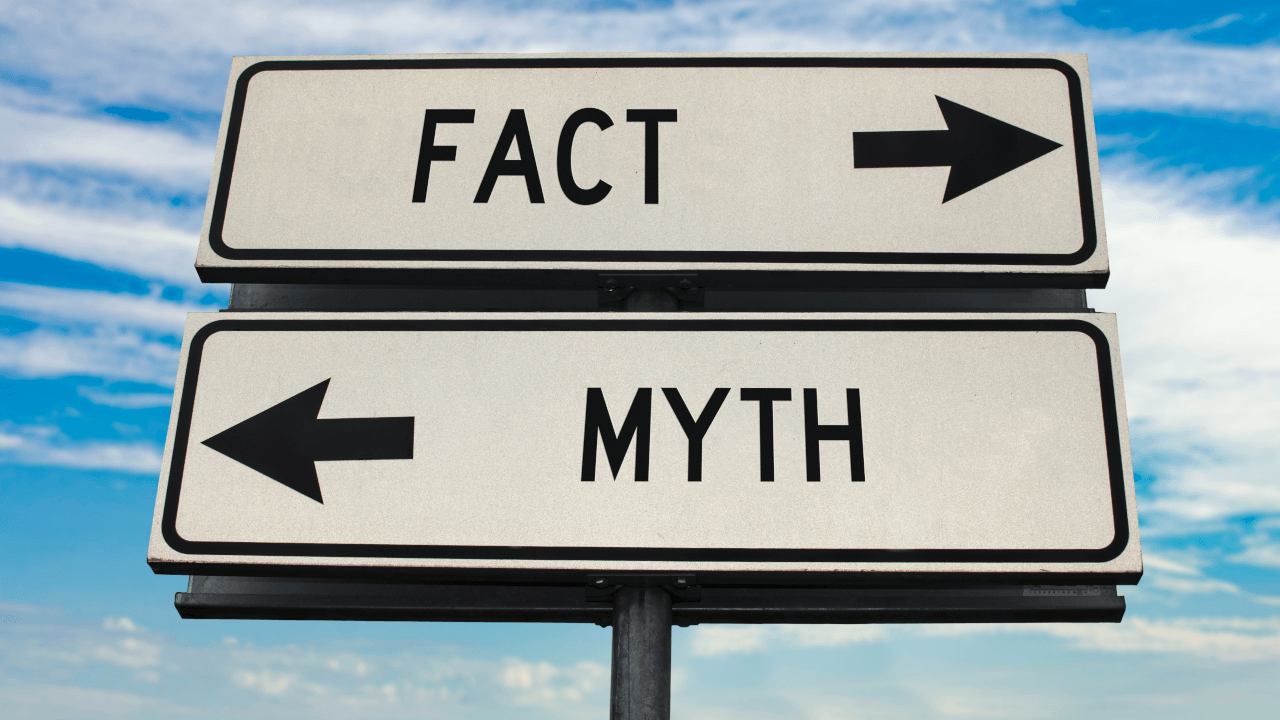
One of the most complex aspects of revenue management is creating the right rate plans for your hotel. But what exactly is a rate plan?
NB: This is an article from Travel Tripper
It is the technical term given to different rates you see on a hotel website when you search for a set of dates. Rate plans work their magic behind the scenes so guests can have different options to choose from when planning a hotel stay.
While they seem straightforward on the surface, the challenge is creating the best set of rate plans that will ultimately maximize revenue. In this article, we’ll detail some of the most common rate plans, as well as some core principles and rules of thumb involved in rate plan creation.
To make it simpler, we’ll first divide them into two categories: evergreens and promotional rate plans.
Evergreen Rate Plans
Evergreens are rate plans that all hotels should have at all times, regardless of location and target audience of your hotel. Best Available Rate, or BAR as commonly known in the industry, is the first plan to come to mind.
BAR is the rate plan that will serve as your hotel’s foundation and will support every other revenue decision. It is recommended to create multiple BAR plans based on seasonality if your hotel is in a complex market with a lot of moving parts, such as New York City. In that case, you can create up to ten levels of BAR with each corresponding to a high/low demand period. You can certainly create more but the more BAR levels you have, the more complex your revenue operations will be.
Another important rate plan is Bed & Breakfast. If your hotel has a full-service restaurant partner, then chances are your guests will expect to see a breakfast included room option. It is such a popular rate plan (especially among families and international guests) that not offering it is almost unthinkable. If your hotel is serving complimentary breakfast as part of its brand identity, then you can create a premium breakfast package and offer more than the standard continental breakfast.
Another key rate plan is Advance Purchase, which offers guests a percentage off BAR (typically varies between 10-20%). This rate plan is set as non-refundable and non-cancellable. It allows guests to enjoy a certain discount off hotel’s Best Available Rate while the hotel benefits from guaranteed base business to later yield rates up.
You can also decide to vary your advance purchase discounts by booking window. The earlier guests book, the higher the discount. For instance, if someone wants to make a non-refundable AP reservation 30 days out, they can get 15% off BAR, while someone booking for 14 days out could get 10% off. Offering significant advance purchase discounts is one of the key revenue strategies for encouraging direct bookings and countering high cancellation rates on OTA sites.
Promotional Rate Plans
The most common and publicly available promotional rate is AAA/Government per diem rates. These are straightforward: if you are a AAA member, you can get a special discount from the hotel, in most cases around 10%. Similarly, government employees can benefit from pre-determined, quarterly discounted rates. Both require a valid ID at check-in.
An important and highly efficient promotional rates is the TripAdvisor promotion, which hotels can create exclusively for TripAdvisor. This promotion proves effective especially if your hotel’s ranking on TripAdvisor is healthy, simply because higher ranking means increased visibility.
In addition to these generic industry rates, a hotel can create promotional rate plans designed according to their market’s specific needs. With right timing, such carefully planned promotions can carry your revenue strategies to next level. For instance, thanks to Travel Tripper’s geo-targeting capabilities, you can create a promotional rate plan specifically for a certain market to impact a certain period.
Special offers and packages. For example, you might have noticed a peak within visitors from Brazil and Great Britain during Christmas because they like to shop, so your hotel creates a special holiday rate and shopping package (BAR + $) specifically targeted to these two markets. Using CRS tools like RezTrip’s dynamic pricing module, you can set the booking engine to display this special rate plan only to Brazilian and UK residents during the 90 days prior to the Christmas season.
Dynamic discounts. These types of rate plans are created to attract specific types of guests or fill rooms quickly in times of need. Using BAR as the base, hotels can set rules that offer discounts based on difference booking factors. Some examples of dynamic discounts created with RezTrip include Length of Stay (LOS) promotions (% off BAR based on length of stay), Booking Channel discounts (% off BAR based off device booked, such as mobile), and Last Minute discounts (% off BAR based off booking lead time).
The most commonly utilized dynamic rate plans are tiered LOS promotions, which offer varying discounts off BAR based on length of stay. If a guest is staying three nights, they could be offered a discount of 15% off BAR, while someone staying for 7 nights can get 20% or even 30% off BAR depending on your market and seasonality. Using LOS promotions often helps you to better fill shoulder nights and slow times, helping you to achieve a healthier distribution mix.
Last-minute discounts can even be combined with booking channel discounts—for example, offering 15% off BAR to guests who book on mobile within 24 hours of their stay. Rate plans like these can capitalize on growing mobile bookings, which often happen on the go. But ideally you shouldn’t have to discount last minute too often. If you do, you might want to reconsider your advance yielding strategies.
Pricing
The long answer to the question of how to price your rates can take up an entire book. We’ll keep it short and simple: look at your competitive set’s rates. Determined by their location and product/service level, the hotels in your comp set should give you a solid starting point for what you can offer. All you need to do is a little investigation on these hotels’ respective websites.
In addition, you can use hospitality industry reports that show historical data in your area to confirm how realistic your competition’s rate plans are. Along the same lines, a trends report, which forecasts future rates and occupancy, can be the final ingredient you need when pricing your BAR rates—a cherry on top if you will. If your city is forecasted to see strong ADR growth in a certain quarter, you might consider raising BAR rates for that period.
Once you set your BAR rates, all other rate plans can derive off those base rates. If you want to offer a special weekend discount, make it a percentage off BAR. Similarly, a value-added rate such as Bed & Breakfast can be priced at BAR + $20. This way, all your rate plans will follow the same seasonal strategy you set in place.
Measuring ROI and effectiveness
The only way for you to determine if your rate plans are working effectively is to measure the production you get from them. Ideally, you will have a unique rate code for each rate plan in your reservations and property management systems, which will allow you to track production in two main metrics, room nights and ADR.
Keep in mind that your website is your most valuable online real estate and you can only offer so many rate plans without confusing the guests and cluttering your website. Best practice is to display a maximum of 5 or 6 plans at any one time on your website. By tracking production for your rate plans, you will always know which ones to retire or prioritize.
For instance, if a seasonal promotional rate you created has underperformed for two months in a row, then it might be time to kill it and move on to testing another idea. A rate plan contribution that is less than 10% of your total business can be considered underperforming.
The only way to know is by doing a deep dive into your production numbers and figure out areas of opportunity to increase ROI.
Landing pages
Another method to track performance of a certain promotion is to create a landing page for it. Special events are a great example for this. If your city has a big event that attracts many guests to your hotel, you might want to create a landing page for it in addition to creating a promotional rate plan specifically for that event. This will allow you to track online traffic your website receives thanks to that rate plan and potentially improve your SEO performance.
Data is your strongest tool
In summary, the right rate plans can boost your hotel’s revenue quickly while poorly built ones might make you waste precious time and website space and negatively impact your revenue strategy in the long run.
Knowing your target audience and learning from past mistakes are two most important factors to consider. In doing so, you must continually monitor your competitors’ offerings and your market’s demand cycles.
Also, remember that data is your strongest tool. The more you know about your production results, the more precise your decision making will be, which ultimately translates into revenue maximization.




